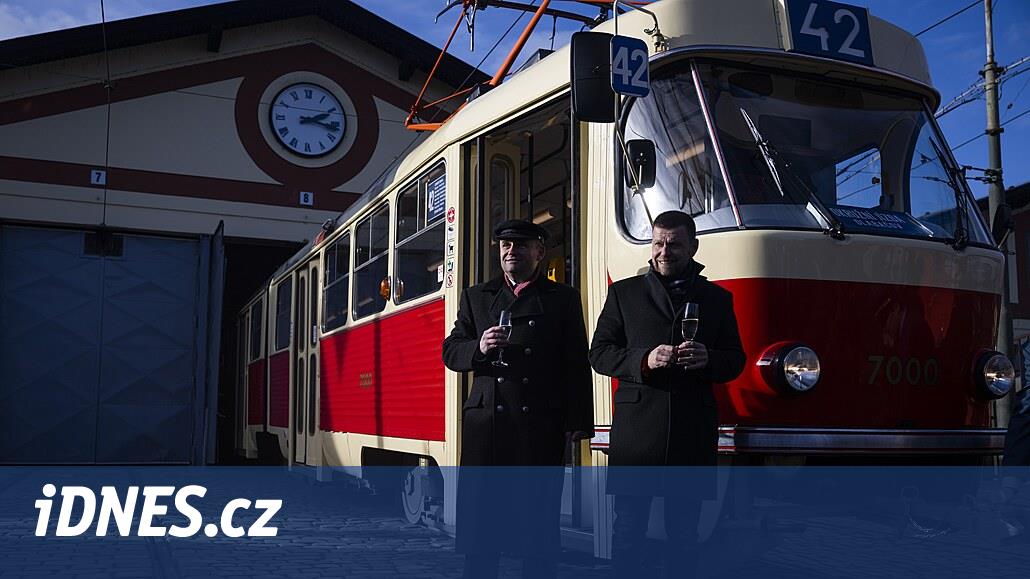High-speed trains between Prague and the Baltics. Poland is connecting Europe, the Czechia is catching up
In mid-January, the Czechia, Poland and the Baltic countries signed a memorandum confirming joint plans to build an almost 4.5 thousand kilometer long high-speed line in the Three Seas region. Mikolaj Wild, head of the Central Transport Port (CTP), in an interview for WNP domain server he stated that the line could be in operation in 10 years, plus or minus two years. However, the Czechia has not even finished the construction of the Prague-Poland border section.
By train at a speed of 250 km/h Warsaw and other Polish cities should be possible to reach Vilnius, Prague, Budapest and possibly even Lviv and Kyiv. This is the goal of the high-speed line, which is to be created for passenger transport and at the same time also serve the rapid movement of troops.
We are not alone in Europe when it comes to high-speed rail.@Spravazeleznic in Warsaw just now signed a memorandum with @CPK_PL AND @RailBaltica, which confirms our common joint plans to build almost 4,500 km of VRT in the Trojmoří region. 👇 pic.twitter.com/MEwn8tGAXq
— Martin Švehlík VRT (@MartinSvehlikSZ)
January 18, 2023
“It is far from just a matter of reducing travel times for the journey from north to south. It is a challenge that can bring a new economic impulse for the entire region. We will therefore coordinate the investments, jointly promote them and also strive for adequate EU support,” wrote Martin Švehlík, director of the VRT Construction Administration, on Twitter.
According to the spokesperson of the Railway Administration, the project is to draw on European funds in addition to national resources. “Projection works are partially already co-financed by the EU and we will continue to provide this type of financing. Involvement of the private sector in the form of PPP is also being considered,” he said.
Mikolaj Wild, the head of the CTP company, hopes that the track could be ready within ten years. But for that, it is necessary to set things in motion in the Czech Republic. “We are negotiating with the Czech side to speed up the construction of the Prague-Poland border section, which – according to previous plans – the Czechs were supposed to complete in the 1940s,” said Wild. According to him, the latest findings show that there is a good chance that they will be built earlier.
In addition, the Czechia has not even started the purchase of land where the new “three-sea” line should lead. “According to the legislation, we can start the purchase of land for new treatment only after a valid zoning decision, i.e. after the completion of the documentation (DÚR) and the proper administrative procedure,” said Švehlík.
The feasibility study should be completed around the middle of the year. “We are preparing the section in the Moravian-Silesian region together with CPK (Centralny Port Komunikacyjny) and the preparation regime is in this specific case. In general, however, it can be said that construction begins approximately 2-3 years after receiving the zoning decision. After that, construction proceedings follow,” added Švehlík.



